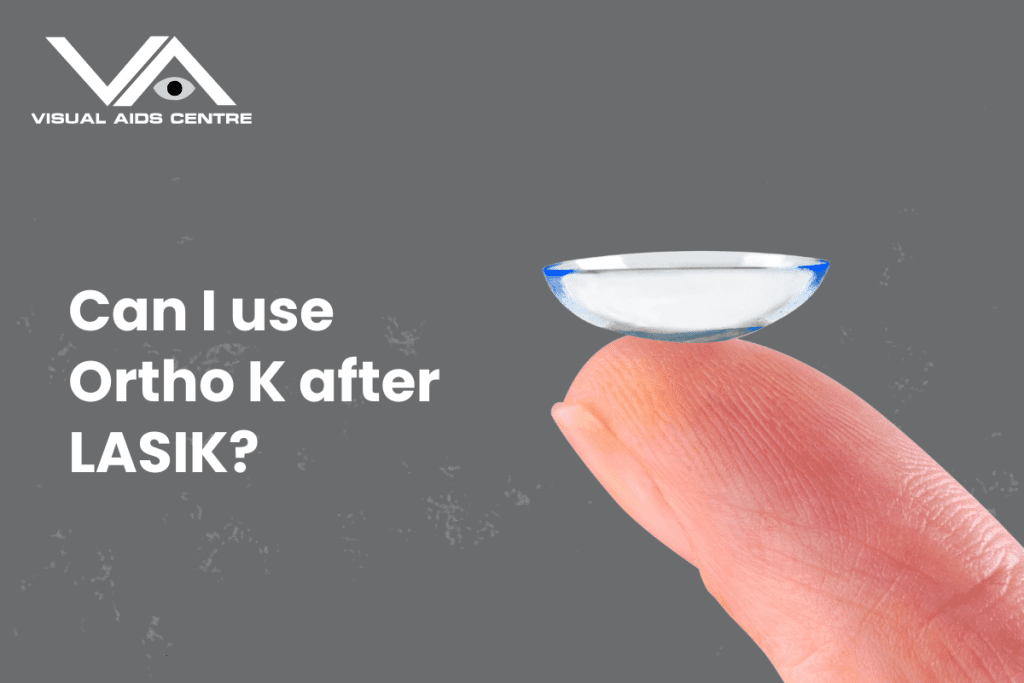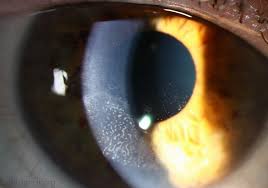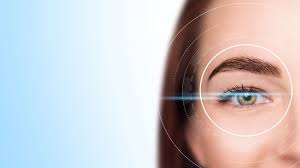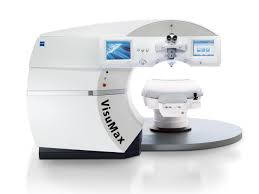Table of Contents
ToggleYes, you can use Ortho-K contact lenses after LASIK, but it depends on several factors, including your specific needs, the condition of your cornea, and a thorough evaluation by your eye care professional.
While LASIK surgery permanently reshapes your cornea for vision correction, factors such as ageing or other refractive changes may prompt some patients to consider Ortho-K as an additional treatment.

Understanding Ortho-K and LASIK
What is Ortho-K?
Orthokeratology, or Ortho-K, refers to the use of specially designed rigid gas-permeable contact lenses that temporarily reshape the cornea to correct refractive errors like myopia (nearsightedness), hyperopia (farsightedness) or mild astigmatism. These lenses are worn overnight and removed in the morning, allowing for clear daytime vision without glasses or contact lenses.
Ortho-K is a non-surgical, reversible method that appeals to those who want freedom from daytime eyewear but prefer not to undergo surgical correction.
What is LASIK?
Laser-Assisted in Situ Keratomileusis (LASIK) is a surgical procedure that permanently reshapes the cornea to correct refractive errors. It provides lasting improvement but does not prevent age-related changes like presbyopia or new refractive errors. LASIK is considered one of the most effective and popular methods for achieving long-term vision correction.
Why Would Someone Consider Ortho-K After LASIK?
Even though LASIK provides permanent corneal shape adjustment, your vision needs can evolve. Patients might consider Ortho-K for several reasons after LASIK, including the following scenarios:
1. Residual Refractive Errors
Some LASIK patients may still experience minor refractive errors that weren’t entirely corrected during the procedure. Ortho-K lenses can help address these residual imperfections without the need for additional surgery.
2. Progressive Myopia in LASIK Patients
Myopia may continue progressing even after LASIK, particularly in younger patients. Ortho-K lenses can serve as a way to manage these incremental changes.
3. Presbyopia or Age-Related Vision Changes
LASIK doesn’t address presbyopia, a natural loss of near vision occurring with age. Ortho-K lenses designed for presbyopia correction could become a viable option for LASIK patients.
4. Temporary Vision Adjustment
For those who’ve undergone LASIK but encounter situational vision needs, such as during sports, Ortho-K may offer a temporary and non-invasive solution.
5. Post-LASIK Regression
Over the long term, some individuals experience what’s known as post-LASIK regression, where their eyesight reverts slightly to its pre-surgery state. Ortho-K lenses can correct these regressions temporarily and non-surgically.
6. Avoiding Further Surgery
If patients wish to avoid enhancement LASIK surgery or other invasive corrective procedures, Ortho-K lenses provide a reversible, lower-risk alternative.
How Does LASIK Impact Ortho-K’s Effectiveness?
LASIK reshapes your cornea; hence, the cornea’s altered shape may affect how Ortho-K lenses fit and function. Here’s what you should know about the interaction between prior LASIK surgery and the use of Ortho-K lenses.
1. Corneal Irregularities
LASIK changes the curvature and thickness of your cornea, potentially leaving irregularities that might complicate Ortho-K lens fitting. Specialised Ortho-K lenses can sometimes address these irregularities but require precise customisation.
2. Reduced Corneal Response
The cornea may not respond to reshaping as effectively as it would have before LASIK. This could limit how well Ortho-K lenses can temporarily correct vision.
3. Lens Design Adjustments
Post-LASIK eyes often require tailored Ortho-K lenses designed for flatter or irregular corneas. Standard Ortho-K lenses are likely insufficient, making specialised fitting essential.
4. Corneal Thickness
LASIK reduces corneal thickness, and thin corneas might not tolerate reshaping as easily with Ortho-K lenses.
Key takeaway: The compatibility of Ortho-K lenses post-LASIK hinges on a detailed eye evaluation by an eye care professional who can assess corneal changes and determine whether specialised lens designs can address your needs.
The Fitting Process for Ortho-K After LASIK
Adjusting Ortho-K lenses on post-LASIK corneas requires a more specialised approach. Here’s how the fitting process typically works:
1. Comprehensive Eye Examination
The eye care professional will assess your corneal topography, taking detailed measurements of corneal curvature and shape. This data is critical to ensure a proper lens fit.
2. Custom-Ortho K Lenses
Based on corneal measurements, your specialist will design custom Ortho-K lenses tailored specifically for post-LASIK corneas. Standard lenses won’t work effectively due to LASIK-altered corneal shapes.
3. Trial Fitting and Adjustments
You may need to try multiple lens designs and undergo several rounds of adjustments to achieve optimal comfort and vision improvement. Post-LASIK cases often require more fitting iterations.
4. Assessment Period
After the lenses are fitted, you’ll wear them overnight, and the optometrist will evaluate their effectiveness after removal. Adjustments are made as needed to ensure clear, stable vision throughout the day.
5. Regular Follow-Ups
Post-LASIK corneas require continuous follow-ups during the Ortho-K fitting process to monitor your cornea’s health and ensure no adverse effects occur.
Risks and Considerations
While Ortho-K is generally safe, there are unique considerations in post-LASIK patients:
1. Corneal Strain
LASIK-altered corneas may be more delicate, and undue strain from Ortho-K lenses might cause discomfort or complications if not monitored properly.
2. Reduced Effectiveness
Due to the previously altered corneal shape, Ortho-K results may not be as effective or predictable as they are for non-LASIK patients.
3. Lens Discomfort
Achieving a comfortable lens fit might take longer for post-LASIK patients due to irregularities created by the procedure.
4. Risk of Corneal Damage
Improper lens fitting or insufficient supervision could risk complications like corneal abrasion or infection.
5. Higher Costs
Customised Ortho-K lenses for post-LASIK corneas tend to be more expensive than standard lenses.
Pro tip: Prioritise a reputable and experienced professional specialising in both orthokeratology and post-LASIK care to minimise risks and achieve the best results.
Who is a Good Candidate for Ortho-K After LASIK?
Not every LASIK patient is suitable for Ortho-K lenses. Ideal candidates include individuals who:
- Are experiencing mild refractive changes post-LASIK.
- Prefer a non-surgical, reversible correction option.
- Have realistic expectations about Ortho-K’s limitations on LASIK-altered corneas.
- Are comfortable with regular follow-ups and potentially higher costs.
- Maintain a high standard of lens hygiene to avoid complications.
Patients with severely irregular corneas or extremely thin corneal thickness post-LASIK might find Ortho-K unsuitable.
The Importance of Consultation
Before considering Ortho-K after LASIK, consult a qualified eye care specialist to determine your eligibility. They’ll evaluate your vision, corneal health, and overall eye condition before advising on the best course of action.
A thorough discussion with your professional will help you weigh the pros and cons and explore alternative vision correction options if needed.
Final Thoughts
Ortho-K can be a viable option after LASIK for addressing residual vision needs, but the effectiveness largely depends on individual circumstances, including corneal health, shape, and personal expectations. Customisation and expertise are vital to achieving satisfactory results in post-LASIK patients.
If you’re considering using Ortho-K lenses after LASIK, consult with an experienced eye care professional to explore your options. With the right guidance, you can make an informed decision that balances safety, efficacy, and your lifestyle needs.













